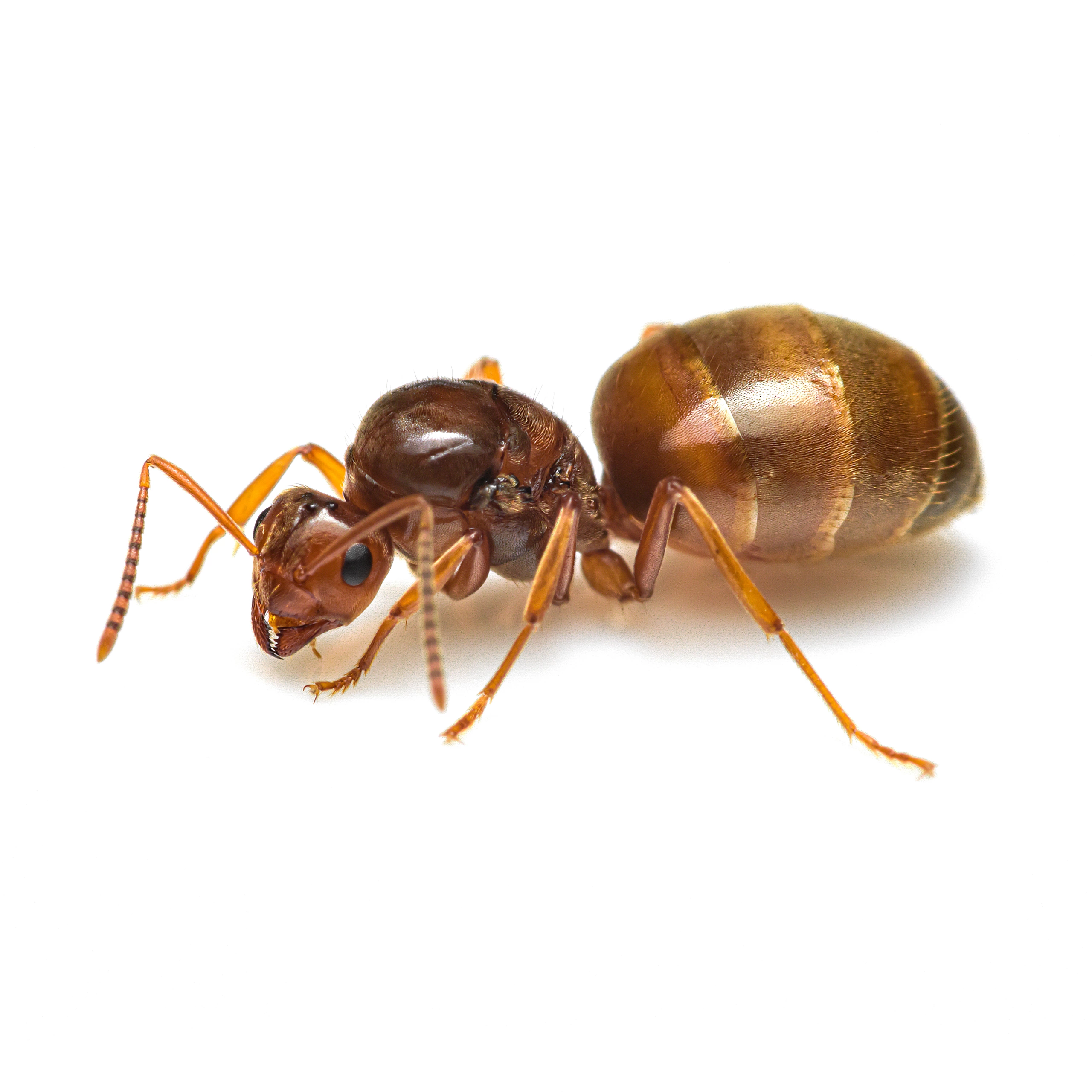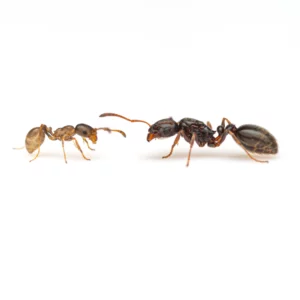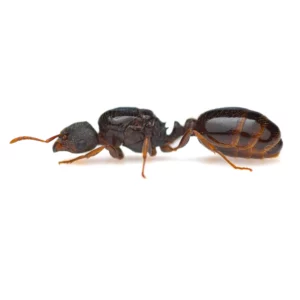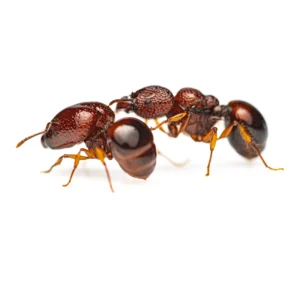Characteristics of Prenolepis nitens
The Prenolepis nitens is a European species of ants. Its range extends from south-eastern Europe to Austria. It is often called the European honeypot ant, in comparison to the American Myrmecocystus mexicanus, the true honeypot ant. Its main characteristic, as its name suggests, is its bright, vibrant, yellowish appearance. Their workers are yellowish brown, like the queen. Moderately easy to maintain. They like colder weather, so they should be kept at lower temperatures than other species (19-20°C). In nature, they most often nest near forests. The workers love to taste the grapes.
Their nuptial flight generally takes place in early spring. They are the first to draw. Their mating is favoured by slightly overcast weather when it is not hot. The queens are most often seen on the edges of paving stones, on gravel quite close to the grass. They can almost only be collected from the wild when swarming, as they often nest underground.
The European honeypot ant is a very fast-growing species, so a single adult queen can number several thousand (up to 10,000) workers. It is polygynous, so you can have several queens in one test tube/formicarium. A single-queen colony is just as evolvable. During their development, cocoon does not appear. From puppy to adult worker, about. 6-8 weeks are needed. The Queen could live up to 15 years.
Prenolepis nitens is a hibernating species. Hibernation is recommended from the end of October to the end of February. During this period, the right temperature is 5-8 degrees Celsius. Depending on the number of workers, hibernation can be done in a test tube or in a formicarium. Keep them in a dark place and do not disturb them by moving them.
They like small insects and worms for food. It is essential that they are fed only sterile food, as insects caught outside may carry pathogens at higher rates, which could lead to the death of the colony. Honey and sugar water are also suitable. Water supplies should always be available for them.
Attention!
The displayed product image is protected by copyright, and its use requires permission. The picture is an illustration.
- You can find useful videos about them on our TikTok channel.






László (verified owner) –